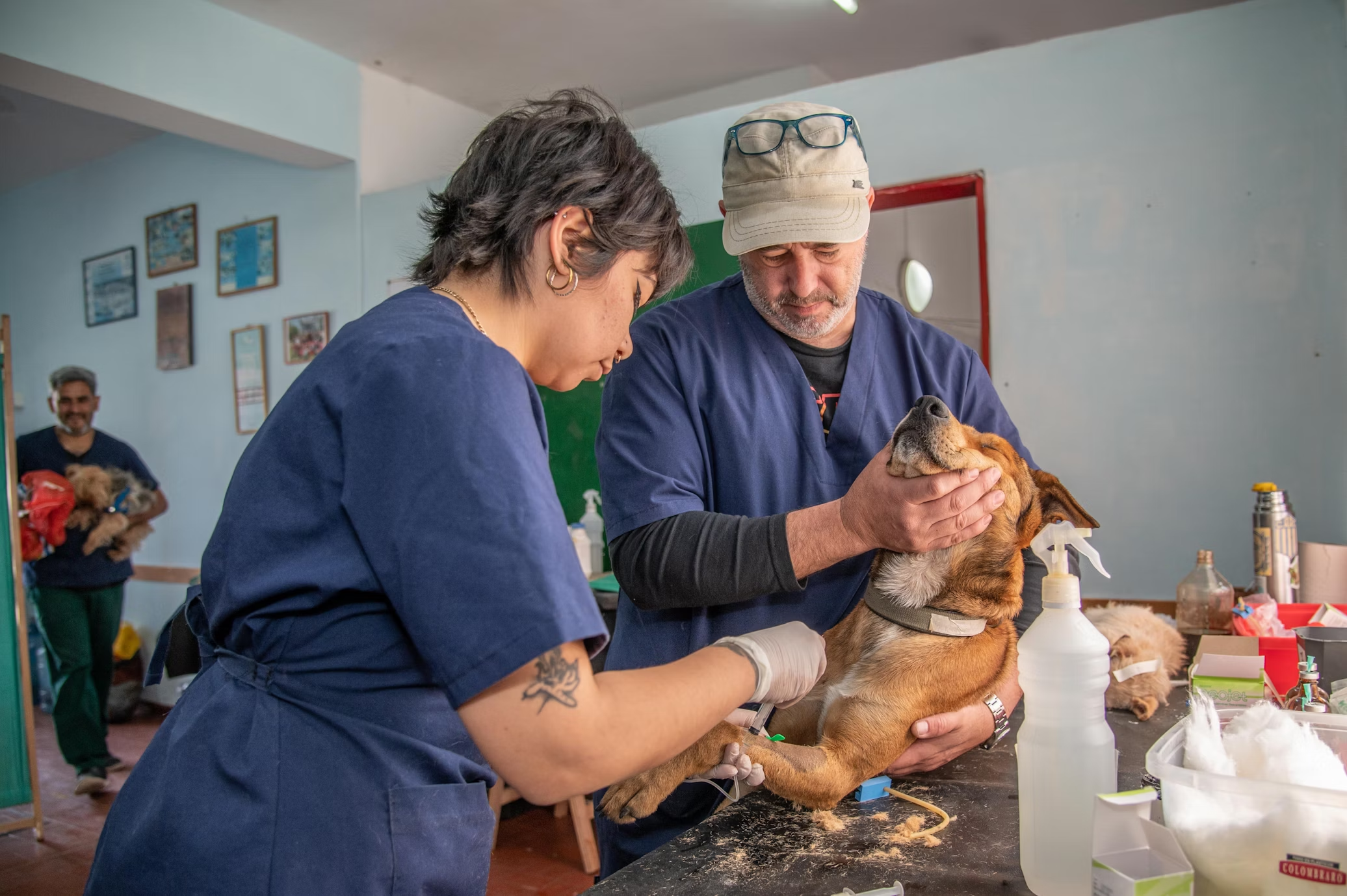
Animal rescue efforts are vital to our communities. They offer life-saving interventions for abandoned, injured, or abused animals. These initiatives not only serve the immediate needs of the animals but also have long-lasting effects on the well-being of local communities. From providing shelter and medical care to promoting awareness and advocacy, animal rescues are crucial in shaping a more compassionate and responsible society.
The Role of Animal Rescues in Saving Lives
The primary objective of animal rescue organizations is to save lives. Whether it’s rescuing animals from abusive environments, natural disasters, or neglect, these groups work tirelessly to ensure that animals in distress receive the care and attention they need. Many rescues focus on specific animal types, such as dogs, cats, or wildlife, while others operate on a larger scale to cover a range of species.
In the case of abused or neglected animals, rescues act as a safety net. These organizations often provide immediate medical care, food, and shelter. They take the animals to veterinary clinics for necessary treatments and surgeries, especially for those suffering from severe injuries or chronic health issues. This direct intervention helps these animals regain their health and vitality, giving them a second chance at life.
Advocacy and Public Awareness
Animal rescue groups also play a significant role in raising public awareness about the issues surrounding animal cruelty and neglect. They often organize events, campaigns, and outreach programs to educate the public about responsible pet ownership, the importance of spaying and neutering, and the need for proper care and treatment of animals.
One of the most impactful aspects of animal rescue is its ability to influence change in public policy. Many rescues work closely with lawmakers and local governments to advocate for stronger animal protection laws. They push for stricter penalties for those who abuse or neglect animals, as well as measures to prevent overpopulation through initiatives like low-cost spay/neuter programs. These efforts can lead to lasting legislative changes that improve the lives of animals for generations to come.
The Ripple Effect on Communities
While the direct benefits to animals are apparent, the impact of rescue efforts on communities is equally significant. Animal rescues foster a sense of compassion and empathy within communities, encouraging people to take responsibility for animals’ well-being and support efforts that protect them.
For instance, rescuing stray or abandoned animals helps reduce the number of feral animals in communities. Fewer stray animals mean fewer public health risks, such as the spread of diseases like rabies, and a cleaner, safer environment for residents. Additionally, families often adopt these animals, creating a sense of fulfillment and companionship. Pet adoption provides a loving home for animals and helps reduce the strain on local animal shelters, which can become overwhelmed by the sheer volume of animals in need.
Strengthening the Bond Between Humans and Animals
Animal rescue efforts help to build stronger bonds between humans and animals. Rescued animals often form deep connections with their new owners, who appreciate the animal’s resilience and the love they can offer. The adoption of rescue animals promotes the values of empathy, patience, and compassion within families and communities.
Moreover, adopting rescue animals can help individuals who may not have previously considered having a pet. Many people turn to rescues for their animals due to their advocacy for responsible pet ownership and the thorough screening process they employ. This ensures that animals are placed in homes prepared to meet their needs and provide a safe environment.
Collaboration with Other Organizations
Animal rescue efforts are often part of a larger ecosystem of organizations dedicated to animal welfare. These can include shelters, veterinary clinics, and advocacy groups. Many rescues partner with these organizations to provide holistic support for needy animals, working together to share resources, expertise, and networks.
For example, veterinary clinics may offer discounted or free services to rescue organizations, which helps reduce the financial burden of medical care. Similarly, shelters often collaborate with rescues to place animals in foster homes, easing overcrowding and providing animals with more personal attention.
The Future of Animal Rescue
As awareness of animal rights and welfare grows, so does the potential for change. The future of animal rescue efforts looks promising, with many communities embracing the idea of adopting rescue animals and supporting rescue initiatives. Technological advancements, such as online adoption platforms and virtual fundraising, are helping rescues reach broader audiences and raise much-needed funds for their work.
Moreover, ongoing education and advocacy efforts create a more informed and compassionate public that understands the importance of animal welfare. This growing understanding is likely to lead to a world where fewer animals are abandoned or neglected and where rescue efforts become even more effective in ensuring their safety and well-being.
The impact of animal rescue efforts goes beyond just saving animals. These initiatives contribute to healthier, more compassionate communities, drive legislative change, and promote a deeper bond between humans and animals. Through direct intervention, education, and advocacy, animal rescues are making a difference that will resonate for years. As these efforts continue to grow and evolve, they offer hope for a world where all animals are treated with the care and respect they deserve.